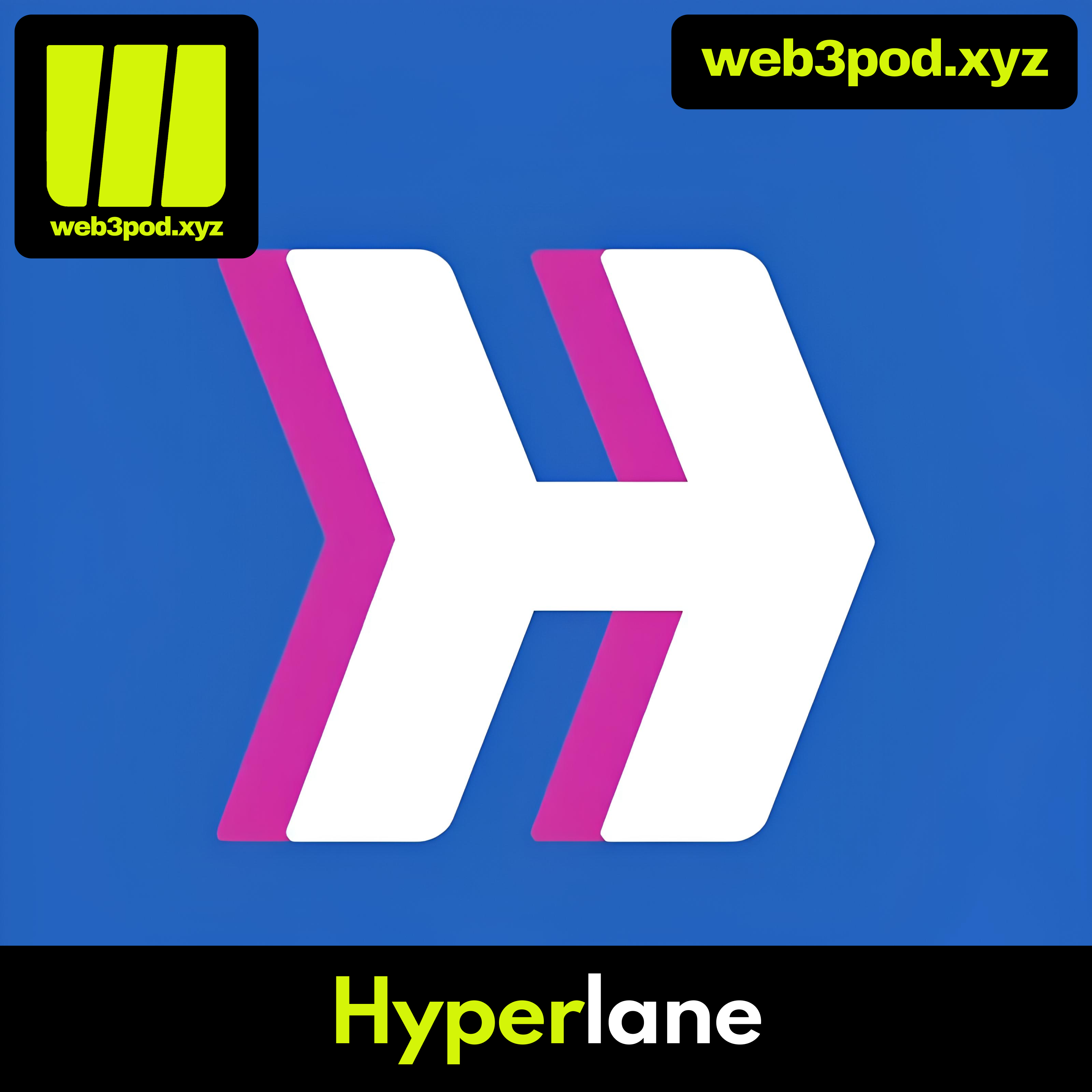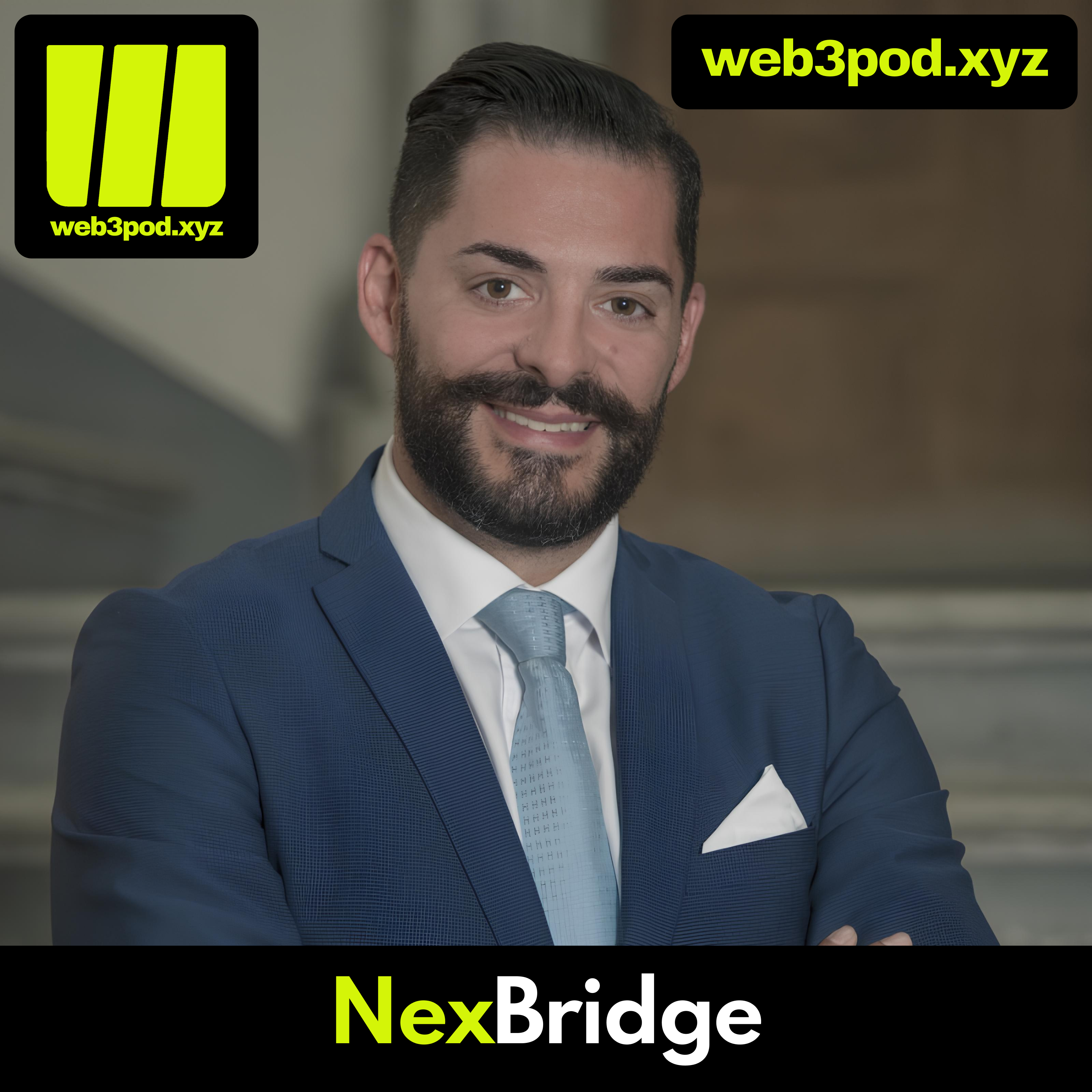Interoperability for every chain: how Hyperlane is quietly solving crypto’s biggest bottleneck

The future of Web3 won’t be multichain—it will be invisible.
That’s the bold vision Jon Kol brings to this episode of Web3 with Sam Kamani. As founder of Hyperlane, Jon believes that the fragmentation of blockchains—where users juggle chains, wallets, and bridges—is holding the ecosystem back. And he's doing something about it.
From Wall Street to Web3
Jon’s journey started in traditional finance, deep in the trenches at Morgan Stanley. But like many of us, he fell down the Bitcoin and Ethereum rabbit holes. The realization? “Ethereum could eat Wall Street.” That insight pushed him to leave finance behind and start building the tools Web3 desperately needed.
One of those tools is interoperability—not just between a few chains, but between all chains.
Why Hyperlane Exists
The foundational insight behind Hyperlane is simple but powerful: no single chain can scale to meet the needs of global finance or user experiences. And yet, today’s bridges are fragile, closed, and often limited to EVMs.
Hyperlane flips that model by offering permissionless interoperability, letting any chain (EVM, SVM, rollup, or appchain) plug into a universal messaging layer. It’s like giving blockchains an API layer, and it’s already working across 150+ chains.
Modular Messaging, Modular Security
A key differentiator? Modularity. Hyperlane doesn’t impose a single validator set or security assumption. Instead, developers bring their own security modules—staking, fraud proofs, or ZK—depending on their use case and risk appetite.
This segmentation of risk is a major shift from the “one breach risks all” bridge model. It’s composable, flexible, and future-proof.
Use Cases Beyond Just Bridges
Hyperlane’s modular approach unlocks powerful use cases:
- Cross-chain AMMs with seamless liquidity routing
- Interchain governance for protocols like Aave
- Stablecoin transfers that are gasless and one-click
- Yield routing via projects like Superform
But perhaps the most exciting? Interchain accounts.
One Wallet, Infinite Access
Interchain accounts will let users interact with any chain from a single wallet. That means no more switching networks, no more asking “which chain is this asset on?”, and no more broken user experiences.
It’s Web2 simplicity powered by Web3 architecture.
Lessons From the Trenches
Jon also shares his biggest takeaway: Don’t wait for others to build the use cases—do it yourself. Hyperlane is now dogfooding its own tech, rolling out demos and real applications to show developers what’s possible.
By 2025, Jon predicts blockchain fragmentation will be a thing of the past. Users will remain on their home chain, but interact with dApps, assets, and protocols from anywhere. The plumbing will fade into the background—just like TCP/IP in the early internet.
What’s Next?
Hyperlane is hiring. If you're a builder frustrated by multichain fragmentation—or excited about the idea of making interoperability invisible—check out hyperlane.xyz.
Listen to the full episode:
Connect with Jon Kol and Hyperlane
Final Thoughts
If you’re building in crypto—or just using it—you’ve likely felt the pain of fragmentation. Hyperlane’s modular messaging is a quiet revolution in how we think about interoperability. And if it succeeds, the next generation of crypto users may never even realize there were once “chains” to begin with.

%20(1).png)
.png)

